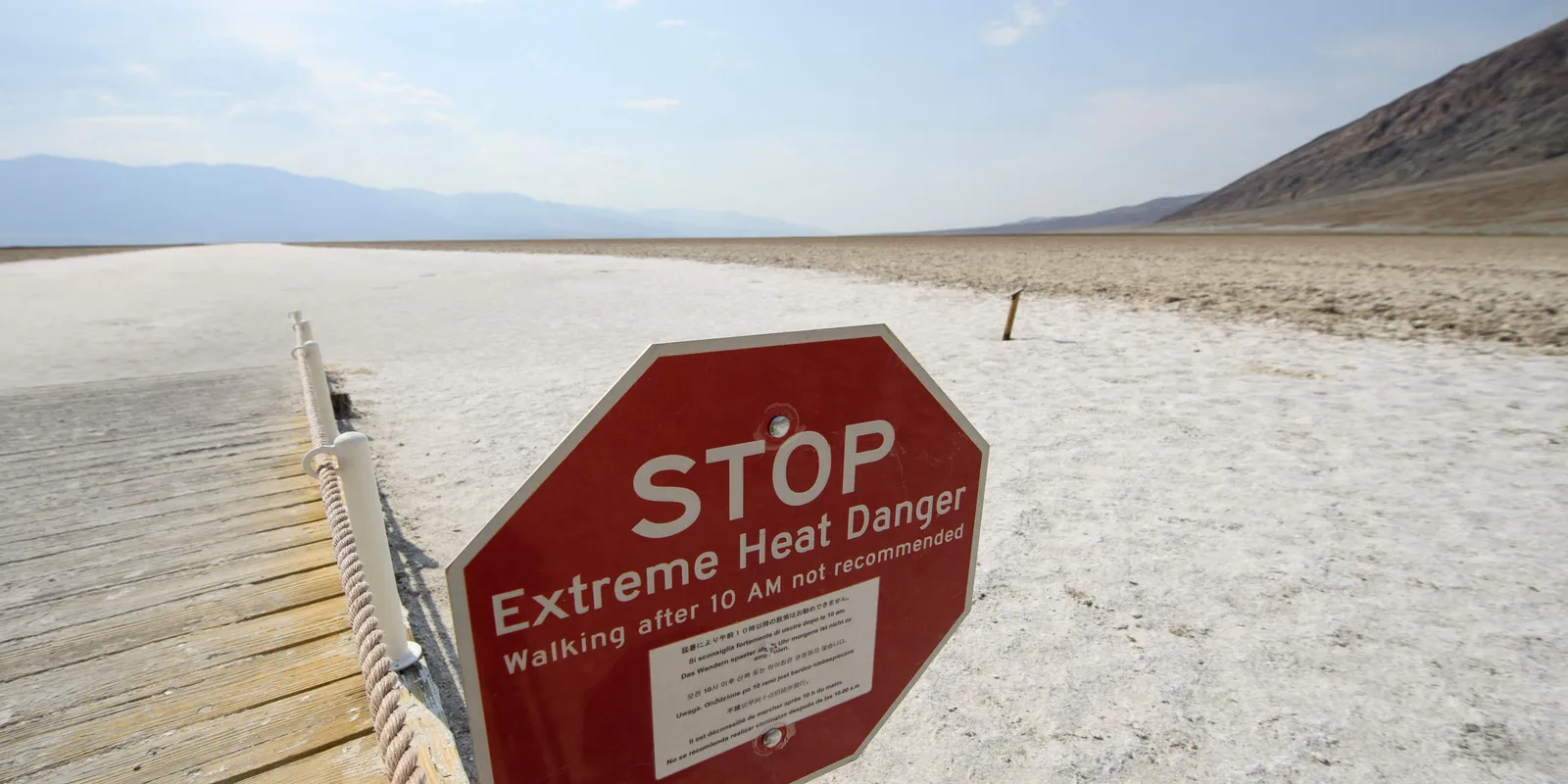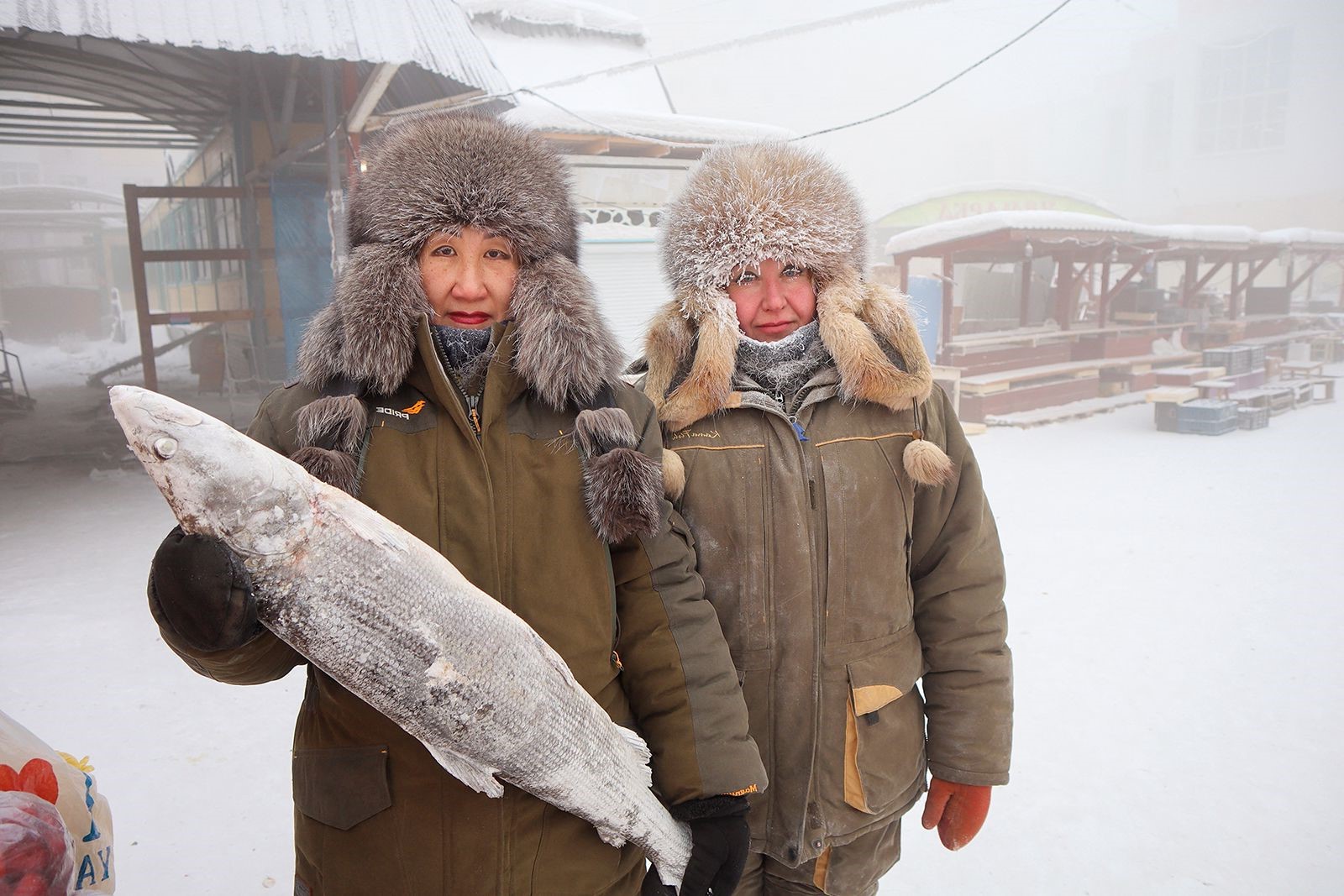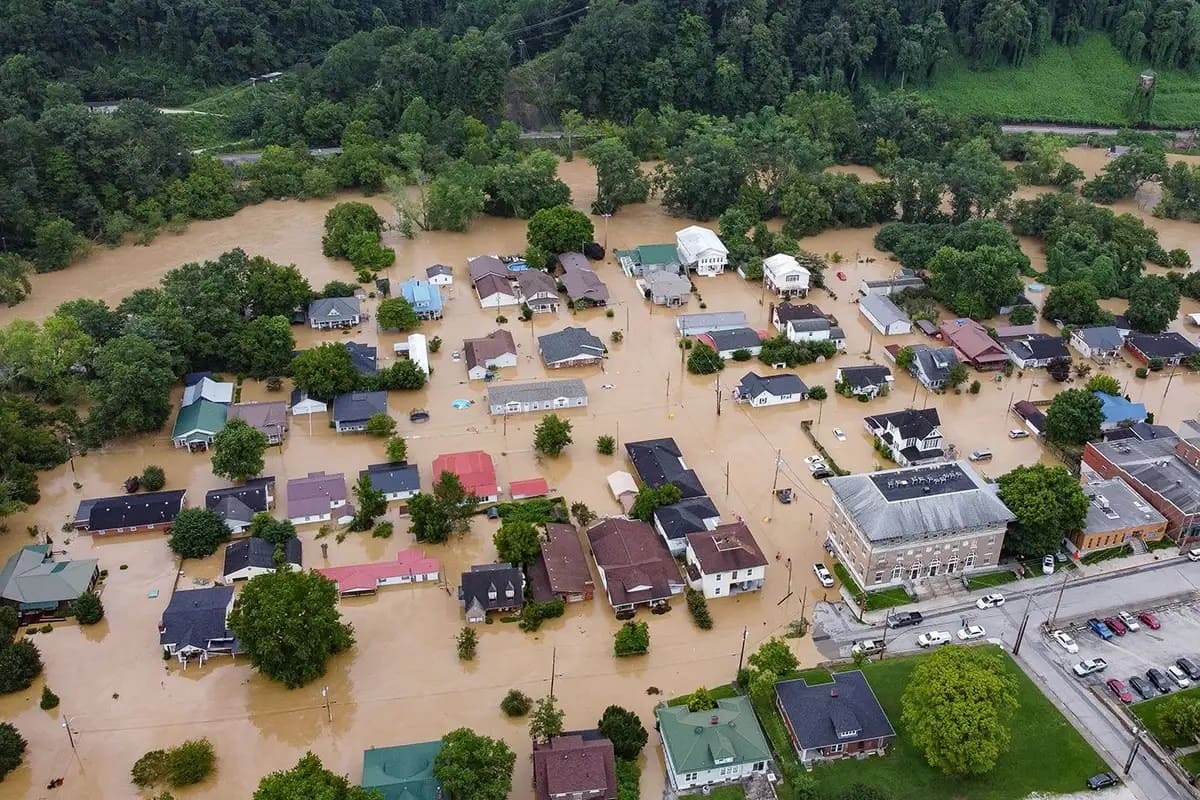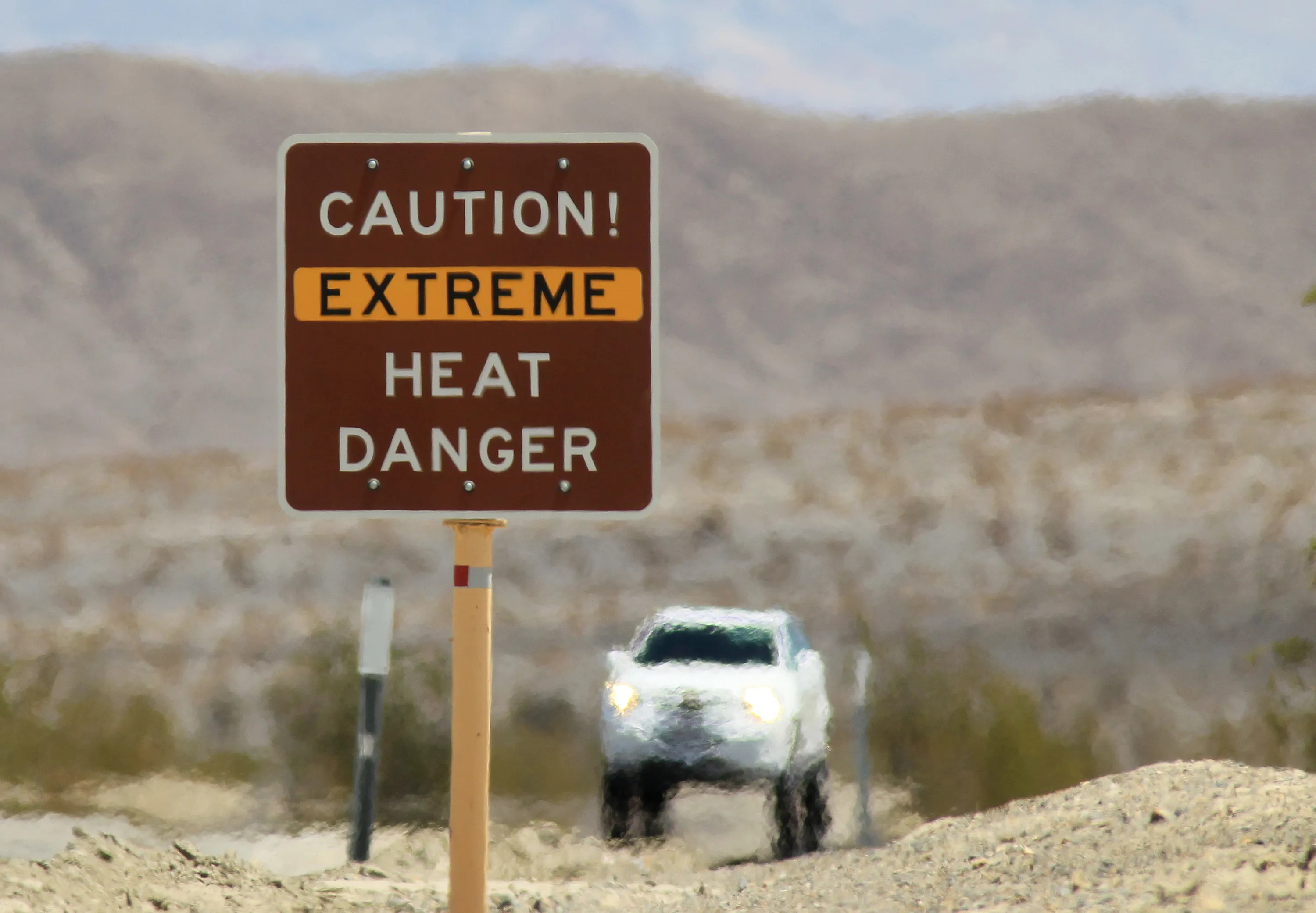Home>Weather and Climate>The Hottest Country In The World: A Guide To The Most Extreme Heat


Weather and Climate
The Hottest Country In The World: A Guide To The Most Extreme Heat
Published: March 1, 2024
Discover the hottest country in the world and explore extreme heat in this comprehensive guide. Learn about weather and climate in this scorching destination.
(Many of the links in this article redirect to a specific reviewed product. Your purchase of these products through affiliate links helps to generate commission for Temperatures.com, at no extra cost. Learn more)
Table of Contents
Introduction
Welcome to a scorching journey through the hottest countries in the world, where the sun's relentless embrace shapes the landscape and dictates the rhythm of life. As we embark on this expedition, we'll delve into the fascinating realm of extreme heat, exploring the factors that contribute to soaring temperatures and the ways in which communities adapt to these challenging conditions.
From the shimmering deserts of the Middle East to the tropical expanses of Africa, the planet is adorned with regions that experience blistering heat year-round. This article aims to shed light on the countries where the mercury consistently reaches staggering heights, offering a glimpse into the unique climates and the resilience of the inhabitants who call these fiery landscapes home.
Prepare to be immersed in a world where the air shimmers with heat, and the sun casts an unyielding glow upon the earth. Let's unravel the mysteries of extreme heat and discover the countries that stand as testaments to nature's most intense thermal forces.
Understanding Extreme Heat
Extreme heat refers to a meteorological phenomenon characterized by exceptionally high temperatures that persist for prolonged periods. It is a natural occurrence that can have profound impacts on the environment, human health, and various sectors of society. Understanding the dynamics of extreme heat involves delving into the intricate interplay of atmospheric conditions, geographical features, and climatic patterns.
At its core, extreme heat is a result of the sun's intense radiation, which warms the Earth's surface. This process is amplified in regions with specific geographical attributes, such as deserts, where the lack of moisture and vegetation allows the ground to absorb and retain heat more efficiently. Additionally, urban areas with extensive concrete and asphalt surfaces can experience what is known as the urban heat island effect, where human activities and infrastructure contribute to elevated temperatures.
The impact of extreme heat extends beyond discomfort, as it poses significant risks to human health. Prolonged exposure to high temperatures can lead to heat-related illnesses, including heat exhaustion and heatstroke, particularly in vulnerable populations such as the elderly and young children. Furthermore, extreme heat can strain infrastructure, leading to power outages, water shortages, and compromised transportation systems.
In the context of climate change, extreme heat events are becoming more frequent and intense, underscoring the urgency of addressing this issue. Rising global temperatures, attributed to human activities such as the burning of fossil fuels and deforestation, contribute to the exacerbation of extreme heat events. This underscores the importance of implementing sustainable practices and policies to mitigate the impact of rising temperatures on both the environment and human well-being.
Understanding extreme heat involves recognizing its multifaceted implications and the complex web of factors that contribute to its occurrence. By gaining insight into the mechanisms driving extreme heat, we can better equip ourselves to adapt to and mitigate its effects, ultimately fostering resilience in the face of this formidable natural phenomenon.
Factors Contributing to High Temperatures
The attainment of high temperatures in specific regions is influenced by a confluence of factors that collectively shape the thermal landscape. Geographical features play a pivotal role in determining the intensity of heat experienced in a given area. For instance, deserts, characterized by vast expanses of arid land and minimal vegetation, are renowned for their scorching temperatures. The absence of moisture-laden vegetation means that the ground can readily absorb and retain heat, leading to the amplification of temperature extremes. Moreover, the lack of cloud cover in desert regions allows the sun's rays to directly penetrate the Earth's surface, further contributing to the buildup of heat.
In addition to geographical attributes, the urban heat island effect exerts a significant influence on local temperatures in densely populated areas. Urban environments, with their extensive concrete surfaces and infrastructure, have the propensity to absorb and re-emit heat, resulting in elevated temperatures compared to surrounding rural areas. This phenomenon is exacerbated by human activities, such as industrial processes and vehicular emissions, which contribute to the release of heat-trapping gases and particulate matter, further intensifying the urban heat island effect.
Furthermore, the interaction between atmospheric conditions and geographical positioning plays a crucial role in determining the temperature extremes experienced in a particular location. The presence of high-pressure systems can lead to the compression of air, resulting in the adiabatic heating of the surrounding environment. This phenomenon is often observed in regions characterized by descending air masses, such as the subtropical belts, where the combination of atmospheric subsidence and arid conditions fosters the development of hot and dry climates.
Climate change, driven by human-induced factors such as greenhouse gas emissions and deforestation, has emerged as a significant contributor to the escalation of high temperatures globally. The amplification of the greenhouse effect, resulting from the accumulation of carbon dioxide and other heat-trapping gases in the atmosphere, has led to the intensification of heatwaves and prolonged periods of extreme heat. This underscores the intricate interplay between human activities and the modulation of global temperatures, emphasizing the imperative of adopting sustainable practices to mitigate the impact of rising temperatures.
In essence, the attainment of high temperatures is a complex interplay of geographical, environmental, and anthropogenic factors, each contributing to the manifestation of extreme heat in specific regions. By comprehending the multifaceted nature of these influences, we can gain a deeper appreciation of the mechanisms underpinning high temperatures and the imperative of implementing measures to address this formidable climatic phenomenon.
The Hottest Countries in the World
-
Kuwait: Located in the Arabian Desert, Kuwait experiences scorching temperatures, with summer averages soaring above 45°C (113°F). The arid climate and minimal cloud cover contribute to the relentless heat that envelops the country.
-
Iraq: With vast desert expanses and a predominantly arid climate, Iraq contends with extreme heat, particularly in the southern regions. Summer temperatures often exceed 48°C (118°F), creating challenging conditions for inhabitants.
-
Iran: Embracing diverse climatic zones, Iran's interior regions endure searing heat during the summer months. Cities such as Ahvaz have recorded temperatures surpassing 50°C (122°F), underscoring the intensity of the heat experienced in this country.
-
Saudi Arabia: Characterized by expansive deserts and arid landscapes, Saudi Arabia ranks among the hottest countries globally. Regions like Jeddah and Riyadh frequently witness temperatures exceeding 45°C (113°F) during the summer, accentuating the country's reputation for extreme heat.
-
Sudan: Positioned within the Saharan belt, Sudan grapples with blistering temperatures, particularly in the northern desert regions. With summer averages surpassing 40°C (104°F), Sudan exemplifies the formidable heat prevalent in the African continent.
-
Oman: The desert climate prevalent in Oman contributes to soaring temperatures, with cities like Muscat experiencing summer highs exceeding 40°C (104°F). The arid terrain and minimal precipitation accentuate the intensity of the heat in this coastal country.
-
United Arab Emirates: Home to the renowned city of Dubai, the United Arab Emirates experiences scorching temperatures, with summer averages surpassing 40°C (104°F). The combination of desert landscapes and urbanization amplifies the heat, creating challenging conditions for residents and visitors alike.
-
Algeria: Positioned within the Sahara Desert, Algeria contends with extreme heat, particularly in the desert regions. Cities like Timimoun have recorded temperatures exceeding 50°C (122°F), exemplifying the intensity of the heat experienced in this North African country.
-
Niger: Embracing a predominantly arid climate, Niger grapples with soaring temperatures, with summer averages surpassing 40°C (104°F). The desert landscapes and minimal vegetation contribute to the formidable heat prevalent in this West African nation.
-
India: Certain regions of India, such as the Thar Desert in Rajasthan, experience scorching temperatures during the summer months, with highs exceeding 50°C (122°F). The arid conditions and limited rainfall accentuate the intensity of the heat in this South Asian country.
These countries stand as testaments to nature's most extreme thermal forces, showcasing the resilience of communities in the face of formidable climatic challenges.
Coping with Extreme Heat
Coping with extreme heat necessitates a multifaceted approach that encompasses proactive measures to mitigate the impact of soaring temperatures on both individuals and communities. From adopting adaptive behaviors to implementing infrastructure enhancements, addressing the challenges posed by extreme heat requires a comprehensive strategy that prioritizes resilience and well-being.
Adaptive Behaviors
At the individual level, adopting adaptive behaviors is crucial for minimizing the risks associated with extreme heat. Staying hydrated and seeking shade during peak sun hours are fundamental practices that can help mitigate the effects of high temperatures. Additionally, wearing lightweight, breathable clothing and using sunscreen can provide protection against the sun's intense rays. Furthermore, being mindful of physical exertion during hot weather and scheduling outdoor activities during cooler times of the day are essential for reducing the risk of heat-related illnesses.
Community Initiatives
Communities play a pivotal role in coping with extreme heat by implementing initiatives that safeguard the well-being of residents. Establishing cooling centers, where individuals can seek refuge from the heat, and organizing outreach programs to check on vulnerable populations, such as the elderly and individuals with pre-existing health conditions, are vital community-driven efforts. Furthermore, raising awareness about heat-related illnesses and disseminating information on heatwave preparedness can empower residents to make informed decisions during periods of extreme heat.
Urban Planning and Infrastructure
Urban planning and infrastructure enhancements are integral components of coping with extreme heat, particularly in densely populated areas. The integration of green spaces, such as parks and urban forests, can mitigate the urban heat island effect by providing natural cooling and shading. Additionally, the implementation of heat-resilient building designs and the use of reflective materials in urban construction can contribute to reducing the impact of high temperatures in urban environments. Furthermore, the strategic placement of shade structures and the incorporation of water features in public spaces can enhance the thermal comfort of urban areas.
Policy and Preparedness
Policy measures and preparedness planning are essential for coping with extreme heat at the governmental level. Developing heat action plans that outline response protocols during heatwaves and allocating resources for emergency response and public health interventions are critical components of governmental initiatives. Moreover, integrating heat resilience considerations into urban development policies and building codes can foster long-term adaptation to extreme heat, ensuring that infrastructure and communities are equipped to withstand rising temperatures.
In essence, coping with extreme heat demands a concerted effort that spans individual, community, and governmental levels. By embracing adaptive behaviors, implementing community initiatives, enhancing urban planning and infrastructure, and formulating comprehensive policies, societies can bolster their resilience in the face of extreme heat, safeguarding the well-being of present and future generations.
Conclusion
In conclusion, the exploration of the hottest countries in the world unveils the profound impact of extreme heat on diverse landscapes and communities. From the blistering deserts of the Middle East to the arid expanses of Africa, these countries stand as testaments to nature's most formidable thermal forces. The relentless embrace of extreme heat shapes the daily lives of inhabitants, fostering resilience and adaptive strategies that enable them to thrive in the face of formidable climatic challenges.
The understanding of extreme heat extends beyond its meteorological dimensions, encompassing the intricate interplay of geographical, environmental, and anthropogenic factors. Geographical features, such as deserts and arid landscapes, contribute to the amplification of high temperatures, while the urban heat island effect accentuates heat extremes in densely populated areas. Furthermore, the influence of climate change, driven by human-induced factors, underscores the urgency of addressing rising temperatures and their implications for the environment and human well-being.
Coping with extreme heat necessitates a multifaceted approach that spans individual, community, and governmental levels. Adaptive behaviors, community initiatives, urban planning and infrastructure enhancements, and policy measures collectively form a comprehensive strategy for mitigating the impact of soaring temperatures. By embracing these measures, societies can bolster their resilience, safeguarding the well-being of present and future generations in the face of extreme heat events.
As the global climate continues to evolve, the imperative of addressing extreme heat becomes increasingly pronounced. The resilience and adaptive strategies employed by communities in the hottest countries serve as valuable lessons in navigating the challenges posed by rising temperatures. By fostering a deeper understanding of extreme heat and its implications, societies can proactively implement measures to mitigate its impact, ultimately fostering a more sustainable and resilient future.
In essence, the exploration of the hottest countries in the world not only unveils the intensity of extreme heat but also underscores the indomitable spirit of communities that persevere in the face of nature's most formidable thermal forces. Through collective efforts and informed actions, societies can navigate the complexities of extreme heat, fostering resilience and sustainability in the midst of rising temperatures.













